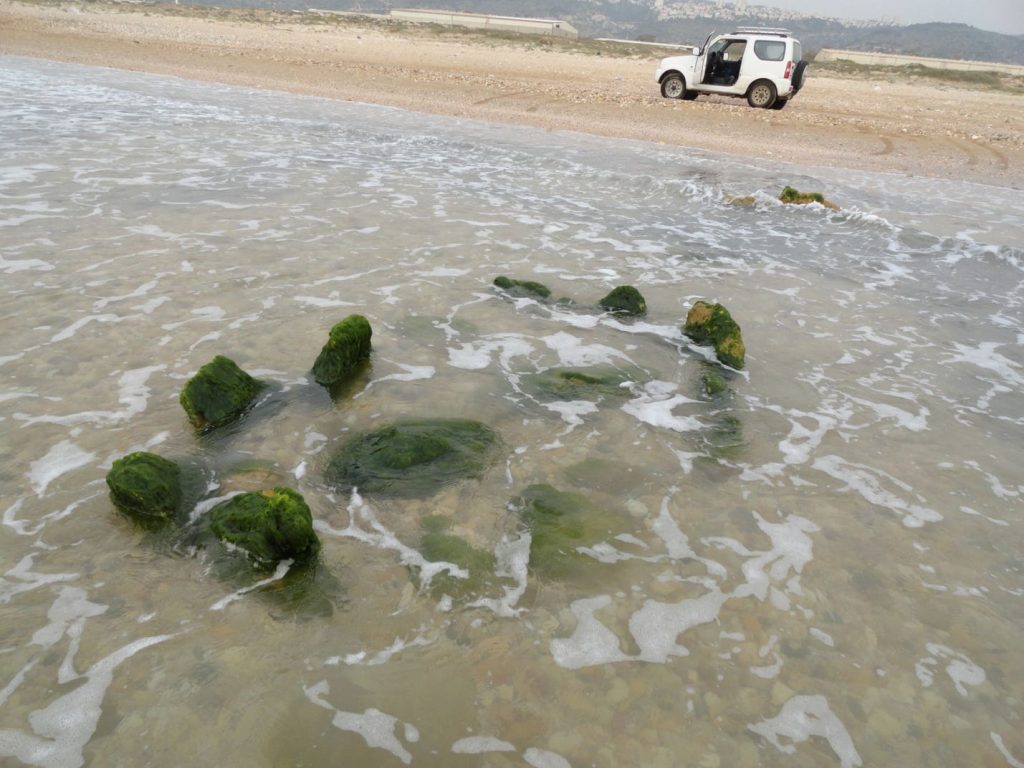A new study by E. Galili et al. presents the earliest evidence for large-scale table olive production from the mid-7th millennium BP inundated site of Hishuley Carmel on the northern Mediterranean coast of Israel. Olive pit size and fragmentation patterns, pollen as well as the architecture of installations associated with pits from this site, were compared to finds from the nearby and slightly earlier submerged Kfar Samir site. Results indicate that at Kfar Samir olive oil was extracted, while at Hishuley Carmel the data showed that large quantities of table olives, the oldest reported to date, were prepared. This process was most probably facilitated by the site’s proximity to the Mediterranean Sea, which served as a source of both sea water and salt required for debittering/pickling/salting the fruit, as experimentally demonstrated in this study. Comparison of pit morphometry from modern cultivars, wild-growing trees and the archaeological sites, intimates that in pit morphology the ancient pits resemble wild olives, but we cannot totally exclude the possibility that they derive from early cultivated trees. Our findings demonstrate that in this region, olive oil production may have predated table olive preparation, with each development serving as a milestone in the early exploitation of the olive.
The paper was published in Scientific Reports.
Read more about the findings here or read the full paper here.
Photo by: E. Galili.


